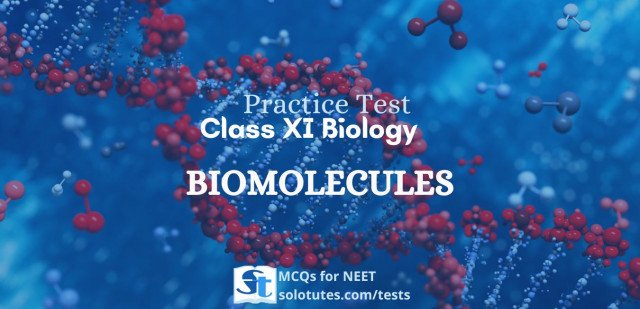- Liquid crystal is a fourth state of matter in which a special condition arises.
- The molecules in solids exhibit both positional and orientational order resulting in them in certain directions and positions.
- The molecules of liquids do not have any positional or orientational order.
- Liquid crystals are a phase of matter whose order is intermediate between a liquid and that of a crystal.
- Molecules in liquid crystals do not exhibit any positional order, but they do possess a certain degree of orientational order.
- The liquid crystalline phase is also referred to as mesophase, and the compounds that exhibit mesophase are referred to as liquid crystals.
- Liquid crystal molecules possess an orientational order.
- The direction of preferred orientation in a liquid crystal is called the director.
- As the molecules do not possess any positional order, they are in constant motion and spend more time pointing along the director than along any other direction.
- Order Parameter:
- Liquid crystals possess some degree of orientational order but not as good as solid material.
- To quantify how much order is present in a material, an order parameter (s) is defined.
- Order parameter for Solid = 1; Liquid- 0; and for Liquid crystal = 0.3 to 0.9.
- Order parameter depends on temperature, as the temperature increases, the order parameter decreases.
- Liquid crystals are mainly divided into two main classes, i.e., Thermotropic (temperature-dependent) and lyotropic (concentration-dependent).
- Within thermotropic liquid crystals, there are high molar mass materials suitable for polymers and low molar mass materials.
- Within the polymeric kind, there are main chain polymers where the chains align in a direction or a chain where there is a comb-like structure with side chains that hang off the polymer.
- The director is oriented either along the main chain or parallel to the side chains.
- In the low molar mass materials, there are disc-like molecules (discotic) and rod-like molecules (calamitic liquid crystals).
- Rod-like LC are nematic (N), Chiral nemetic, and smectic and can be described as follows:
- Nematic LC: Molecules have no positional order but tend to point in the same direction along the director.
- Chiral nematic or cholesteric LC: In this type of liquid crystals, intermolecular forces favor alignment between molecules at a slight angle to one another, and directors form a continuous helical pattern.
- Smectic LC: These liquid crystals show a degree of translational order and tend to align themselves in layers or planes. The director may be perpendicular or tilted to the plane.
- Nematic discotic LC: When the disc-like molecules of liquid crystals orient in a sheet-like fashion known as discotic nematic liquid crystals. The director is perpendicular to the plane.
- Columnar LC: When the disc-like molecules of Liquid crystals orient in the form of columns and are packed together to form a two-dimensional crystalline array. The director is perpendicular to the plane.
- Lyotropic liquid crystals: Lyotropic liquid crystals are formed by dissolving an amphiphilic mesogen in a suitable solvent, under appropriate conditions of concentration, temperature, and pressure. These liquid crystals arise by the arrangement of multimolecular units instead of individual molecules.
- APPLICATION OF LIQUID CRYSTALS IN PHARMACY
- Polymer liquid crystals have been extensively studied. They are found to be important phases in forming super-strength polymers for novel drug delivery systems.
- Liquid crystals are also seen to be intimately involved in the functions of biological structures such as living tissue and thus can be used as a bio-physical model.
- Special liquid crystal devices can be attached to the skin to show a "map" of temperatures. This is useful because often physical problems, such as tumors, have a different temperature than the surrounding tissue. Thus, it can be used for diagnostic purposes.
- The stability of emulsions can be improved due to smectic mesophase, which possesses high viscosity.
- Lyotropic liquid crystals include DNA, proteins, and cholesterol. Liquid crystal pharmaceuticals (LCP) are a unique class of lyotropic liquid crystals that represent novel drug candidates for the treatment of a wide range of diseases.
- A new Liquid crystal pharmaceuticals anti-tumor drug called Tolecine, a compound that has antiviral and antibacterial applications, and another LCP, Apatone, which attacks cancer cells via multiple pathways to offer improved efficacy.
- Liquid crystal thermography is the technique to evaluate inflammatory conditions or describe the viability of tissues by the differences in coloration that occur with the use of these unique substances.
- The technique has proved useful in studying hemophilia, tumors of the extremities, arthritis, and vascular conditions, including the complications of diabetes.
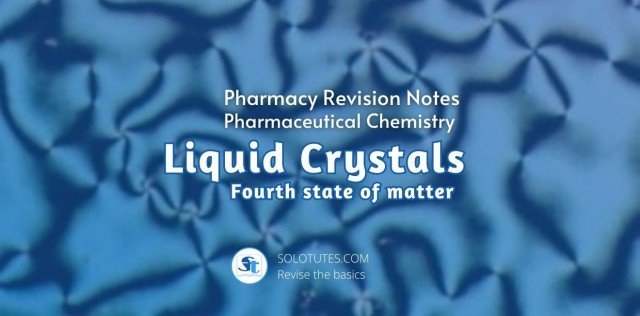
Liquid Crystals: The Fourth State Of Matter In Pharmacy
- I'm a pharmacy student pursuing pharmacy from B.P.S.M.V govt medical college. I'm working as a part time web content developer. Recently I've uploaded a lot of MCQs for class 11 and 12th students. I'm also posting content related to B. pharmacy. I hope my content is helpful for all the students all across the world. Notes 72 Quiz 0 Tests 43 Que. Asked 0 Que. Answered 0 One liners 63
Frequently Asked Questions
1. Complex liquids or liquid complexes are materials intermediate between conventional liquids and solids, displaying fluid-like as well as solid-like behaviour.
Examples are polymeric melts or solutions, glasses, gels, foams and granular matter. Many of these systems are inherently disordered and strongly heterogeneous with large fluctuations on a wide range of length and time-scales. Furthermore many complex fluids, such as glasses or gels, never relax to equilibrium, which makes a theoretical analysis difficult.
2. Thus, these are binary mixtures that have a coexistence between two phases: solid-liquid (suspensions or solutions of macromolecules such as polymers), solid-gas (granular), liquid-gas (foams) or liquid-liquid (emulsions). They exhibit unusual mechanical responses that are applied stress or strain due to the geometrical constraints that the phase coexistence imposes. They mechanical response includes transitions between solid-like and fluid-like. behaviour as well as fluctuations.Their mechanical properties can be attributed to characteristics such as high disorder, caging, and clustering on multiple length scales.
3. Shaving cream is an example of a complex fluid. Without stress, the foam appears to be a solid: it does not flow and can support (very) light loads.
However, when adequate stress is applied, shaving cream flows easily like.
a fluid.
Liquid Crystals:
1. Liquid crystals (LCs) or mesomorphs are a state of matter which has properties between those of conventional liquids and those of solid crystals. For instance, a liquid crystal may flow like a liquid, but its molecules may be oriented in a crystal-like way.
There are many different types of liquid-crystal phases, which can be distinguished by their different optical properties (such as textures). The contrasting areas in the textures correspond to domains where the liquid-crystal molecules are oriented in different directions. Within a domain, however, , the molecules are well ordered. LC materials may not always be in a liquid-crystal phase (just as water may turn into ice or steam).
2. Liquid crystals can be divided into thermotropic, lyotropic and metallotropic phases. Thermotropic and lyotropic liquid crystals consists mostly of organic molecules, although a few minerals are also known.
Thermotropic LCs exhibit a phase transition into the liquid-crystal phase as temperature is changed. Lyotropic LCs exhibit phase transitions as a function of both temperature and concentration of the liquid-crystal molecules in a solvent (typically water).
Metallotropic LCs are composed of both organic and inorganic molecules, their liquid-crystal transition depends not only on temperature and concen-tration, but also on the inorganic organic composition ratio.
Glassy States:
1. Glass is a state of matter. Glasses combine some properties of crystals and some of liquids but are distinctly different from both. Glasses have the mechanical rigidity of crystals, but the random disordered arrangement of molecules that characterises liquids.
2. Glasses are usually formed by melting crystalline materials at very high temperatures. When the melt coils, the atoms are locked into a random (disordered) state before they can form into a perfect crystal arrangement.
3. As a liquid (at the melting temperature, Tm) is cooled from a high temperature, it may either crystallise or become super cooled. The particles (atoms, molecules or ions) forming crystalline materials are arranged in orderly repeating patterns, with elementary building blocks (unit cells extending to all three spatial
dimensions.
4.The structures of crystalline solids depends (predictably) on the chemistry of the material and the conditions of solidification (starting temperature and cooling rate, ambient pressures etc.) and can be described easily in detail. Super cooled liquids, on the other hand, demonstrate a rather intringing behaviour.
5. Upon further cooling below the T their particles progressively lose translational mobility, so that around the so called glass transition temperature (Ty) rearrangement to "regular" lattice sites is practically unfeasible; this behaviour is distinctive for the amorphous structures described as glasses or vitreous solids.
Types of Crystals: Types of crystals are described as belows:
1. Lyotropic Liquid Crystals
2. Thermotropic Liquid Crystals
3. Metallotropic Liquid Crystals
1. Lyotropic Liquid Crystals :
(i) A lyotropic liquid crystals consists of two or more components that exhibit-crystalline properties in certain concentration ranges.
(ii) In the lyotropic phases, solvent molecules fill the space around the compounds to provide fluidity to the system. In contrast to thermotropic liquid crystal, these lyotropic have another degree of freedom of concentration that enables them to induce a variety of different phases.
(iii) A compound that has two immiscible hydrophilic and hydrophobic parts within the same molecule is called an amphiphilic molecule.
(iv) Many amphiphilic molecules show lyotropic liquid-crystalline phase sequences depending on the volume balances between the hydrophilic part and hydrophobic part.
2. Thermotropic Liquid Crystals :
(i) Thermotropic phases are those that occur in a certain temperature range. If the temperature rise is too high, thermal motion will destroy the delicate cooperative ordering of the LC phase, pushing the material into a conventional isotropic liquid phase.
(ii) At too low temperature, most LC materials will form a conventional crystal. Many thermotropic LCs exhibit a variety of phases as temperature is changed.
(iii) Depending on the shape of liquid crystals they are of three types:
- Smectic phase-thread like
- Nematic phase-soap like
- Cholesteric phase-layered
3. Metallotropic Liquid Crystals:
- Liquid crystal phases can also be based on low-melting inorganic phases like ZnCl, that have a structure formed of linked tetrahedra and easily form glasses. The addition of long chain slap-like molecules leads to a series of new phases that show a variety of liquid crystalline behaviour both as a function of the inorganic-organic composition ratio and of temperature. This class of materials has been named metallo-tropic.
- Thus a metallotropic liquid crystal consists of metal ions incorporated into the liquid crystals.
Types of Glassy States: Following are the different types of glassy states:
- Formation of glass from crystalline materials: Actual formation of a glass formed by melting crystalline materials at very high temperatures.
- Glassy states of polymers cooled below (Ts) : It consists of polymers which have been cooled below the glass transition temperature (Tg). Thus these structures consists of fibrous structures of carbon atoms with small lateral branches in the form of hydrogen atoms or more complex radicals.
- Glassy states of inorganic compounds: It consists of refractory inorganic compounds of multivalent elements. These glasses in the stabilized state have the most thermostable chemical structure e.g., Silicon dioxide SiO, is as important constituent of glass.
Videos ❯
🗘LIQUID CRYSTALS, CLASSIFICATION AND APPLICATIONS OF LIQUID CRYSTALS
Liquid crystal Classification of liquid crystal Applications of liquid crystal Thermotropic liquid crystal Nematic liquid crystal Liquid ...
More Videos ❯

LIQUID CRYSTALS, CLASSIFICATION AND APPLICATIONS OF LIQUID CRYSTALS
Liquid crystal Classification of liquid crystal Applications of liquid crystal Thermotropic liquid c

What are Liquid Crystals 😉: Definition ,Formation, Types , Uses
What are Liquid Crystals : Definition ,Formation, Types , Uses

What are Liquid Crystals?
A brief description of how liquid crystals are identified courtesy Kent State University's Liquid Cr

Liquid crystals- By Dr. Anjali Ssaxena
Liquid crystals, examples, classification- temperature variant and solvent variant Liquid crystals,

Liquid Crystals and Their Applications By Dr. Nisha Singh
Video contains classification of liquid crystals, Properties of different phases and their applicati

Liquid Crystals
In this Video we had discussed about Liquid crystals and glassy state. This video will help D.Pharm,
!Disclaimer:The videos displayed above are dynamically synced using youtube search api as per the content of this page and are for educational purposes only. We are not the creater of any videos displaying here. The credits and rights goes to the respective creaters/channel-owners on Youtube. .
SIMILAR FOR YOU
0 likes 371 views
Revision Notes You may like
Jobs You may like to Apply
Practice Tests You may like to attempt
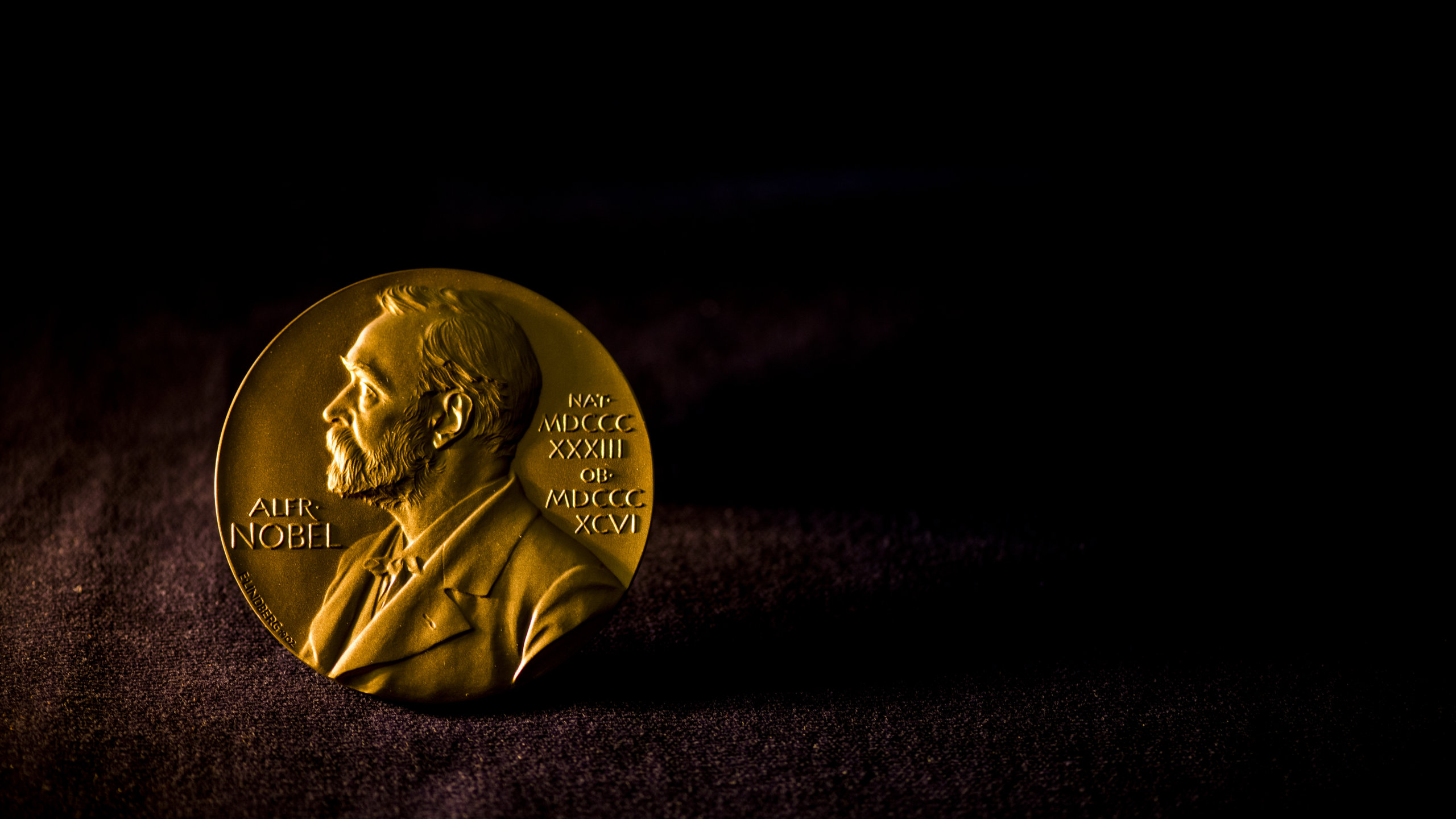 a quick overview on Nobel Prizes
〉
a quick overview on Nobel Prizes
〉
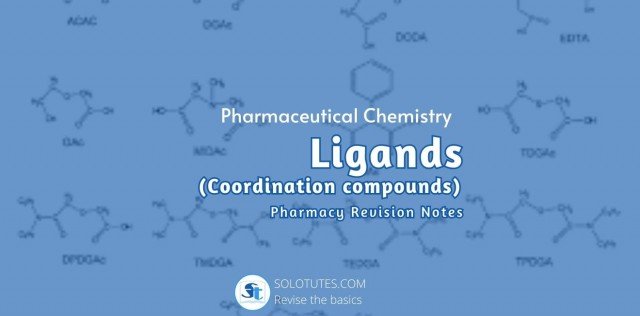 Ligands: Building Blocks of Coordination Chemistry
Ligands: Building Blocks of Coordination Chemistry
.png)






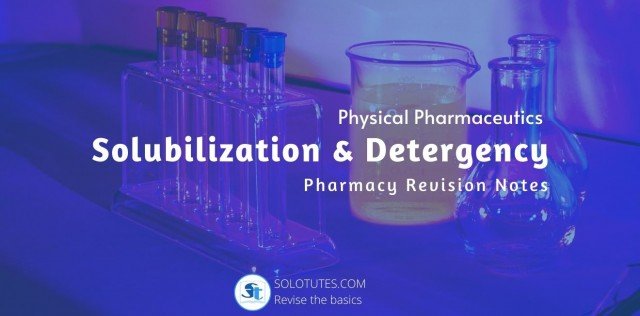




.jpg)
.png)





